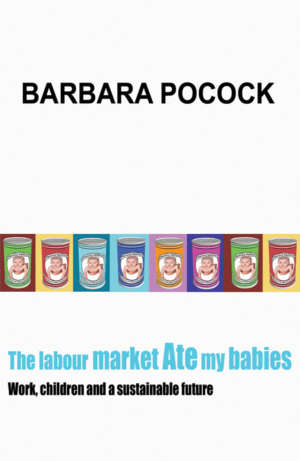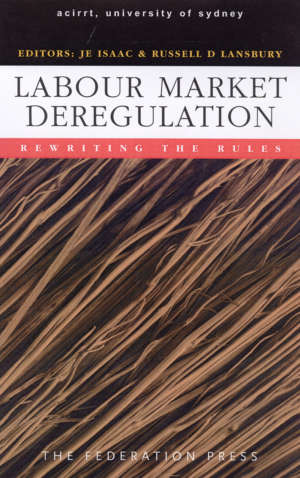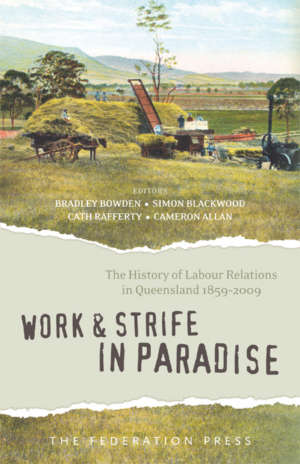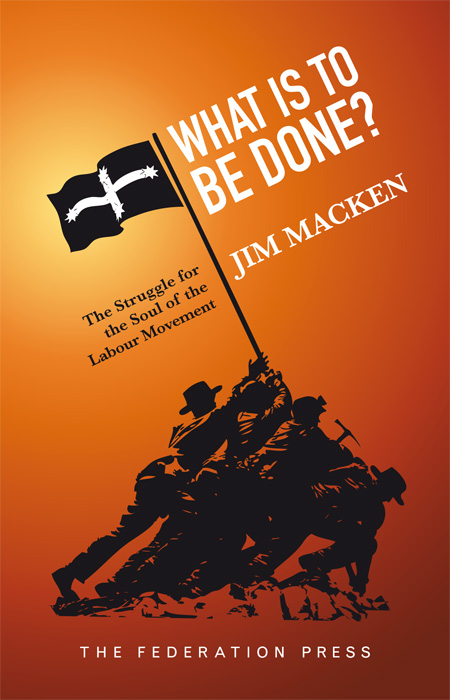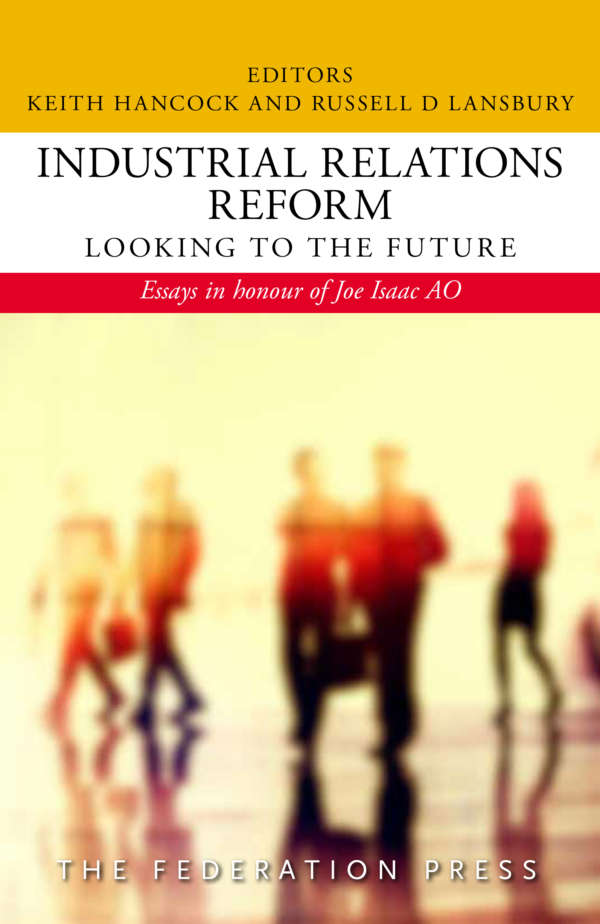Product Description
Longer working hours, insecure jobs, child care, declining birth rates, parental leave, the ‘mummy track’, the success or failure of feminism – the levels of passion, vitriol, despair and guilt these subjects engender attest to the importance Australians place on them, and rightly so. Their effects go beyond how we feel: they affect vital economic and demographic trends.
The Work/Life Collision, grounded in thorough quantitative and qualitative research, analyses how these factors affect each other, in particular the collision of work and care and its implications for how we live.
Pocock demonstrates how the existing ‘work/care’ regime that shapes how we live and work has high social costs – for mothers, fathers, families and those who want to be both workers and carers. She weighs the hidden costs of how we live and work now – costs that can be measured in bedrooms, kitchens, workplaces and streetscapes – and in our declining birth rate and embedded gender inequality.
The Work/Life Collision goes further than just explaining our growing anxiety about quality of life, despite the evidence of unmatched material wealth. Pocock proposes ways in which a new ‘work/care’ regime can be built, through:
the redistribution of working hours
the rehabilitation of degraded and insecure part-time jobs
a new system of leave from paid work, and
better support for mothers, fathers and all kinds of dependants.
She guides us through the real experiences of Australian households and points to a uniquely Australian solution to a fairer world.



